AI design transforms creative work by automating repetitive tasks and boosting creativity. This guide covers the latest trends, tools, and benefits of AI in design.
Key Takeaways
- AI design acts as a collaborative partner, automating routine tasks and allowing designers to focus on creativity, leading to significant time and cost savings.
- Generative AI enhances the creative process by offering unique design suggestions and producing variations quickly, contributing to increased productivity and competitive advantage.
- While AI brings many benefits, challenges such as data security, ethical considerations, and the necessity for human creativity remain critical in successful AI design integration.
Understanding AI Design
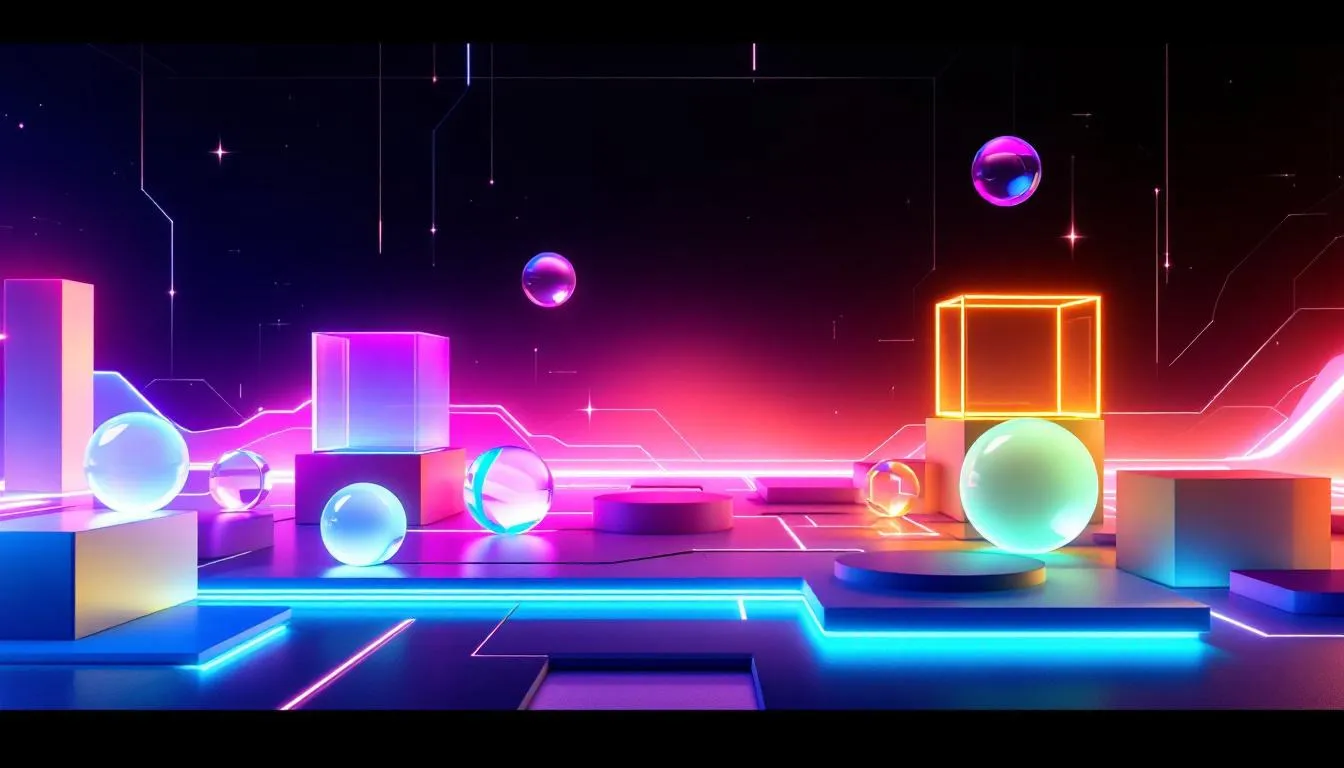
AI design is increasingly seen as a collaborative partner for human designers, automating routine tasks and allowing creatives to focus more on innovation and creativity. Imagine AI tools that can handle repetitive tasks like resizing and color adjustments, significantly improving workflow efficiency and freeing up valuable time for designers. This is the essence of AI-driven design, where we can automate processes to enhance productivity.
Machine learning algorithms play a crucial role in AI design. These algorithms analyze extensive datasets of visual styles, enabling AI to generate unique design elements that inspire and push creative boundaries. AI tools are not just about automating tasks; they also suggest improvements and generate new design variations, acting as powerful accelerators for the design thinking process.
Moreover, automated adjustments in web design ensure that sites function well across various mobile devices, enhancing user experience. This synergy between human creativity and AI's computational power is what makes AI an indispensable tool in modern product design.
Benefits of AI in Design
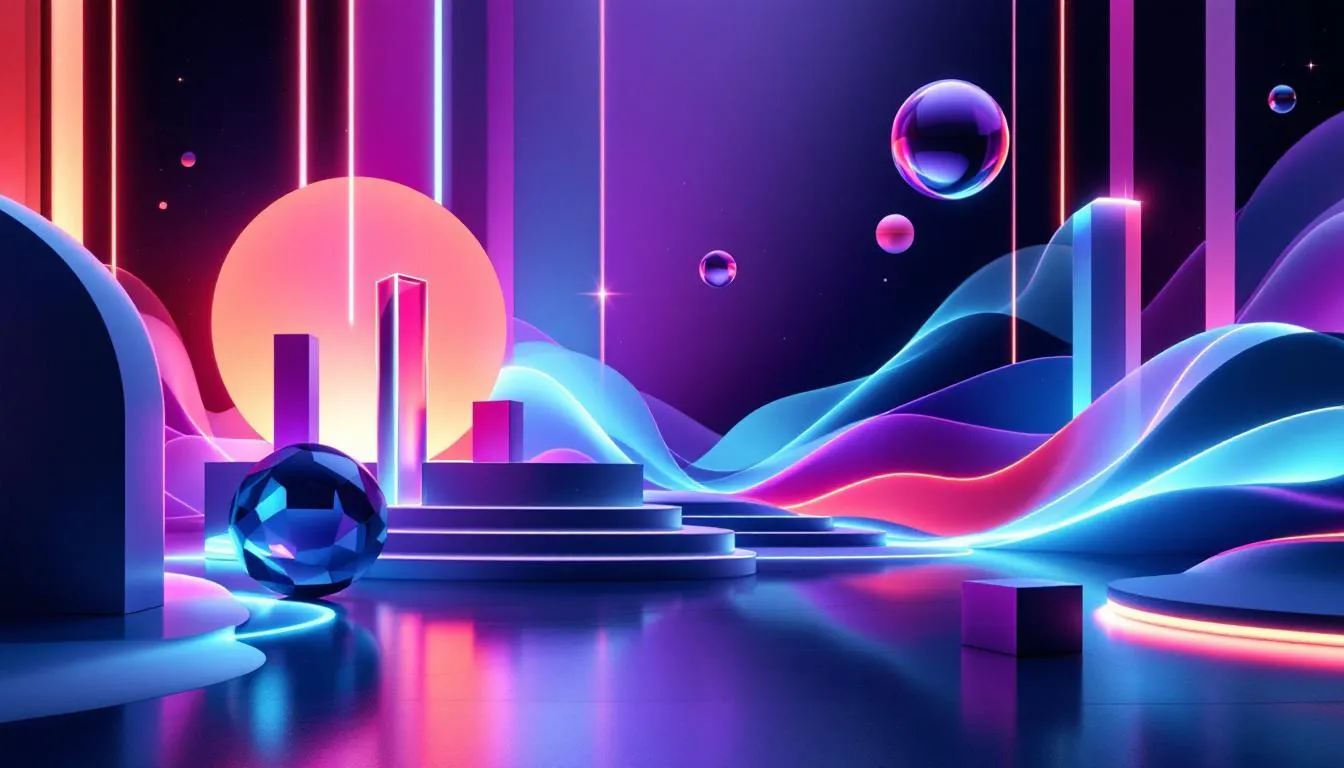
Integrating AI into the design process brings myriad benefits, starting with significant time savings:
- AI can automate repetitive design tasks, freeing up 60-70% of a designer's time.
- This allows designers to focus on more creative aspects of their work.
- Tasks like cropping and resizing can be handled by AI tools, drastically reducing the time spent on these mundane activities.
- This efficiency leads to quicker project completion.
- It also fosters better collaboration within design teams.
Cost efficiency is another major advantage. Many AI tools for design are affordable, with some costing as little as $25 monthly. Incorporating AI reduces the need for extensive human labor, significantly lowering project costs and making high-quality design more accessible. This economic benefit is particularly valuable for small businesses and startups looking to optimize their resources.
AI's role as a creative partner cannot be overstated. Generative AI enhances the creative process by:
- Suggesting unique design elements and arrangements that might not have been initially considered.
- Inspiring greater creativity and leading to more innovative design outcomes.
- Pushing designers to think outside the box.
- Producing unexpected design patterns and layouts that inspire new creative possibilities.
Key AI Tools for Designers
The landscape of AI tools available to designers is vast and varied, each offering unique features to enhance the design process. Adobe Express, for instance, uses generative machine-learning technology to create designs and high-quality marketing materials, significantly speeding up the prototyping phase. This allows designers to quickly iterate on ideas and bring concepts to life with minimal effort.
Canva is another powerhouse in the AI design world, offering features like Magic Design and text-to-image generation to boost creative capabilities. These tools enable even non-designers to create professional-level visuals, democratizing the design process and making high-quality design accessible to a broader audience.
Specialized tools like Khroma and Looka cater to specific aspects of design. Khroma helps users develop color palettes by learning from their preferences, while Looka specializes in logo creation and brand identity packages using AI-driven processes. These tools not only enhance creativity but also streamline the design process, allowing designers to focus on more strategic tasks and maintain brand consistency.
How AI Enhances User Research and Testing
AI enhances user research and testing by analyzing user behavior to refine design elements, making websites more engaging and user-friendly. This capability allows designers to create more effective and appealing user experiences. AI's power lies in its ability to streamline the analysis of extensive datasets, identifying trends that human analysis might overlook. This ensures that designs are based on accurate and comprehensive insights.
AI analysis of client feedback ensures that designs align with user needs, boosting satisfaction and usability. Data analysis using AI tools can facilitate this process by conducting more extensive user research and user testing without significantly increasing the researchers' workload. This leads to quicker enhancements to user experiences and more responsive design iterations.
AI also plays a crucial role in conversion optimization by:
- Analyzing user interactions and adapting strategies in real-time to enhance conversion rates.
- Performing automated A/B testing to drive faster and more efficient identification of high-performing website elements.
- Enabling businesses to tailor customer experiences based on detailed user behavior and preferences, leading to higher engagement and satisfaction.
Generative AI and Creative Design

Generative AI is a game-changer in the world of creative design, unlocking new possibilities and significantly increasing design outputs. One of the most exciting aspects of generative AI is its ability to create or edit images simply by inputting text prompts through a text generator. This provides a new level of creativity and flexibility, allowing designers to experiment with various ideas quickly and efficiently using an AI design generator.
AI can produce multiple variations of an AI image in a short amount of time, offering greater creative freedom and enabling designers to explore a wide range of possibilities. AI produced 15 billion images in one year, a volume equivalent to the output of photographers over the last 150 years. This staggering productivity highlights the transformative potential of AI in creative design, showcasing the capabilities of an AI writer.
Generative AI also differentiates designs from competitors by creating original images from a text prompt. This uniqueness can be a significant competitive advantage, helping brands stand out in a crowded market. Combining AI's computational power with human creativity allows designers to push the boundaries of what's possible in product design.
Case Studies: Successful AI-Powered Design Projects
Real-world examples of successful AI-powered design projects provide valuable insights into the practical benefits of using AI in design. HatchWorks AI, for instance, focuses on solving problems efficiently and enhancing brand identity through sophisticated design processes. The agency's clients praise their communication and collaborative efforts, highlighting the importance of teamwork in successful AI projects.
Superside's integration of AI in their design process involves human designers refining AI-generated work, ensuring quality outcomes. This blend of AI and human creativity results in a natural extension of scalable design systems that adapt to client needs, leveraging foundation models.
Notable projects by Noomo Agency, such as creating an AI kiosk for Intel and developing a brand identity for Art of Living, showcase AI's transformative potential in diverse applications.
Another example is the redesign of Corel Draw's landing pages, which improved user experience and engagement by leveraging AI. These case studies illustrate how AI can enhance customer interactions, boost engagement, and deliver impressive results in various design projects, ultimately attracting more customers.
AI in Branding and Marketing
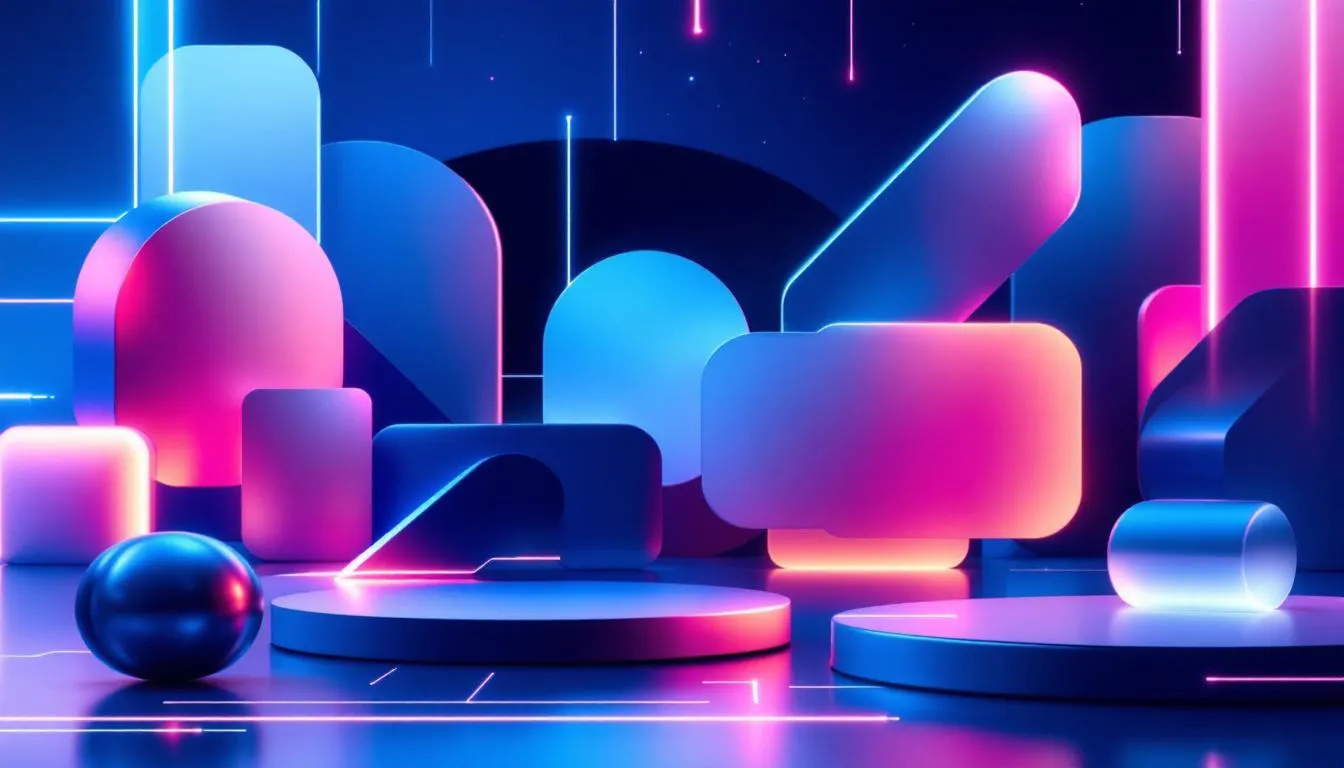
AI tools play a crucial role in branding and marketing by enhancing customer engagement and optimizing conversion rates. Personalization in AI-generated images helps create stronger emotional connections with audiences by aligning creations with their preferences. This personalization can significantly impact marketing efforts, leading to higher conversion rates and more effective campaigns.
Incorporating A/B testing strategies can further enhance user engagement and conversion rates on marketing platforms. Improving landing pages by modifying pricing details and including social proof enhances conversion outcomes. The primary function of conversion rate optimization (CRO) tools is to simplify or automate these processes, resulting in better landing page marketing strategy results, including the CRO test.
Retargeting campaigns powered by AI have been shown to result in a significant increase in conversions. Text-based call to action (CTAs) can contribute to a higher percentage of leads generated from marketing activities, demonstrating the impact of AI on marketing strategies. Leveraging AI allows businesses to create more engaging content, optimize marketing efforts, and achieve marketing goals more effectively, ultimately leading to the desired action.
Challenges and Ethical Considerations in AI Design
While AI offers numerous benefits in design, it also presents certain challenges and ethical considerations:
- Data security is paramount.
- Compliance with regulations like GDPR and CCPA is essential.
- AI solutions must be designed with these regulations in mind to protect user data and maintain trust.
Despite the advancements in AI, maintaining a human touch in creativity remains essential for a content creator. AI should be viewed as a tool that enhances human creativity rather than replacing it. This balance is crucial to ensure that content creation remains authentic and resonates with audiences on a deeper level, fostering innovative ideas.
Building trust in AI involves addressing its flaws and ensuring the reliability of its outputs. AI agencies must understand specific industries to meet compliance requirements and address data sensitivity effectively. Focusing on human-centered solutions will be key to the successful integration of AI in design as ethical considerations gain importance.
Future Trends in AI Design
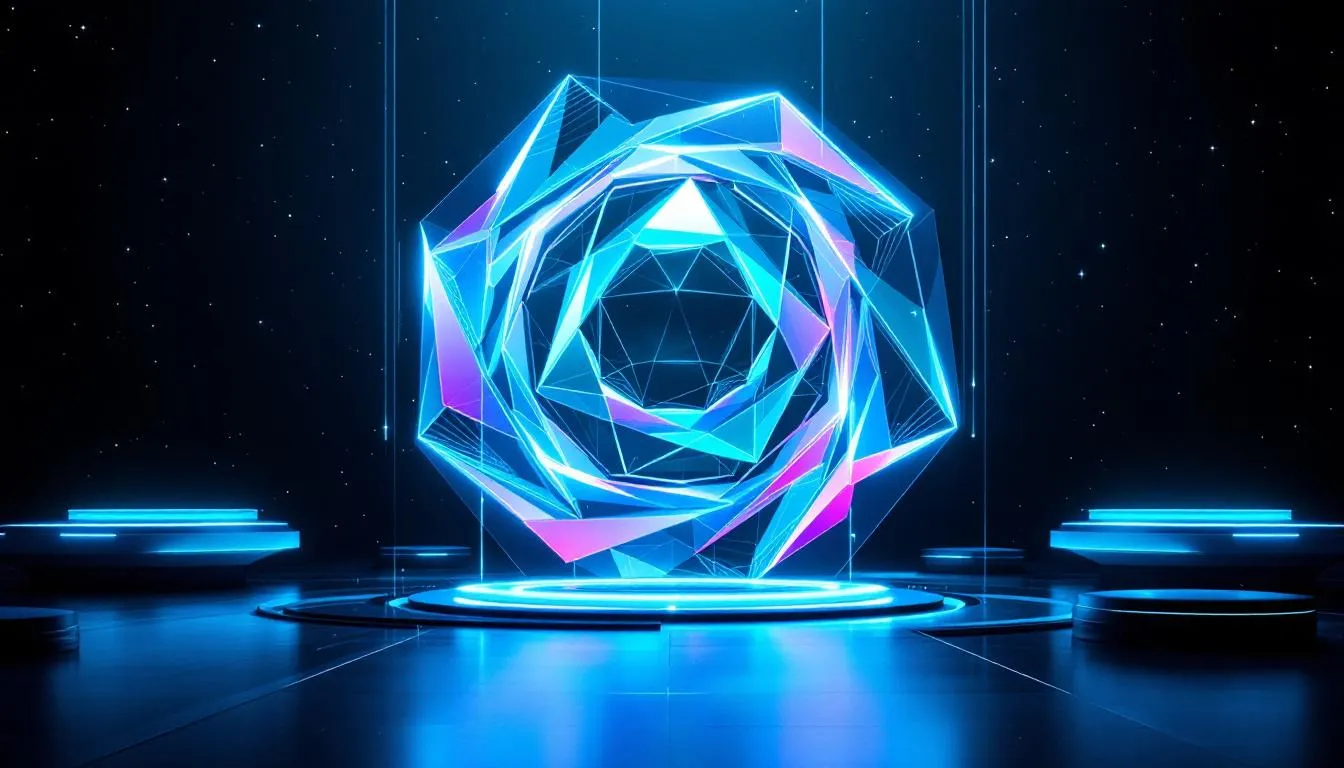
The future of artificial intelligence design is filled with exciting possibilities. AI is expected to democratize problem-solving, making its benefits accessible beyond just the tech industry. This democratization will enable more people to leverage AI tools in their creative processes, fostering innovation and collaboration.
AI is expected to merge traditional art techniques with innovative digital tools, creating new creative opportunities. This fusion will challenge traditional boundaries in visual art, creating new forms of artistic expression. AI is also predicted to enhance the capabilities of both designers and non-designers, allowing for more effective collaboration and pushing the boundaries of what's possible in creative design.
As organizational structures become less hierarchical due to AI, individuals will be able to take on more responsibilities, maximizing AI's potential. However, the success of AI in design will rely significantly on human creativity and input during the design process. Continuous improvement, along with continuous optimization and fine-tuning of AI tools, will be essential to stay ahead of market trends and maintain a competitive edge.
Choosing the Right AI Design Agency
Choosing the right AI design agency is crucial for the success of your projects. Consider the following factors: key information about the agency's technical expertise, a strong portfolio, a proven track record, and customization and flexibility to ensure solutions are tailored to your unique requirements.
Industries served by the AI design agency should align with your business industry specific knowledge to enhance the chances of success. Post-development support and maintenance are vital for the long-term effectiveness of AI solutions that deliver results. Real-time feedback from users can provide insights into the reliability and effectiveness of the agency's work.
Security measures should be a priority when choosing an AI design agency. Ensure that the agency follows best practices like ISO 27001 and SSL encryption to protect your data and maintain trust. By considering these factors, you can select an AI design agency that best fits your needs and ensures the success of your projects.
Summary
In summary, AI is transforming the landscape of digital product design, offering numerous benefits such as time savings, cost efficiency, and enhanced creativity. The integration of AI tools into the design process can significantly improve workflow efficiency, user experiences, and marketing outcomes. However, it is essential to address the ethical considerations and challenges to ensure the responsible use of AI in design.
As we look to the future, the potential of AI in design is vast and filled with exciting possibilities. By embracing AI and leveraging its capabilities, designers and businesses can stay ahead of the curve and create innovative, impactful designs. The journey towards AI-powered design is just beginning, and the opportunities are limitless.
Frequently Asked Questions
What are the main benefits of using AI in design?
Utilizing AI in design significantly enhances creativity and efficiency by automating repetitive tasks, ultimately saving time and reducing costs. Integrating AI can lead to more innovative designs and streamlined workflow processes.
Which AI tools are essential for designers?
Essential AI tools for designers include Adobe Express, Canva, Khroma, Looka, and Visme, as they provide unique features that significantly enhance the design process. Integrating these tools can boost creativity and efficiency in your projects.
How does AI enhance user research and testing?
AI enhances user research and testing by automating tasks like A/B testing and analyzing user behavior, which results in more accurate insights and ultimately better user experiences. This leads to higher conversion rates and more effective product improvements.
What are the ethical considerations in AI design?
Ethical considerations in AI design encompass data security, regulatory compliance, and the necessity of maintaining a human touch in creativity to build trust in AI outputs. Prioritizing these aspects is essential for responsible AI development.
How can I choose the right AI design agency?
To choose the right AI design agency, focus on their technical expertise, review their portfolio, inquire about customization options and post-development support, and ensure they prioritize security measures. This comprehensive approach will help you find a capable partner for your project.
Tags
Related Articles
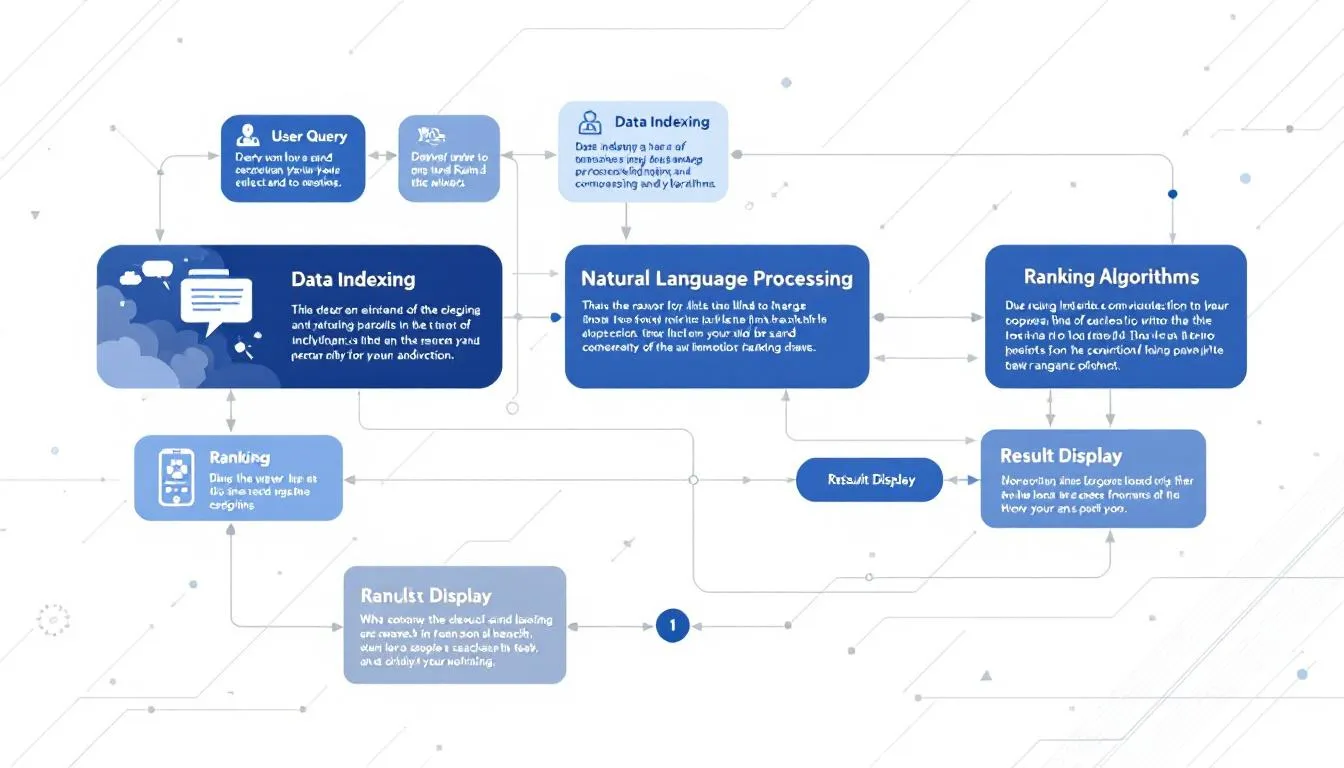
Mastering Generative Engine Optimization for Enhanced Search Results
Discover how Generative Engine Optimization (GEO) can maximize your content reach in AI-driven search engines like ChatGPT, Claude, and Gemini. Learn key strategies to optimize for the future of search.

Top AI Automation for Small Businesses to Boost Productivity
AI automation for small businesses can save time, reduce costs, and improve efficiency. This guide will show you how AI can handle routine tasks, enhance decision-making, and provide better customer service.